There’s nothing better than discovering there’s even more to a place than you thought. Some of the most incredible places to visit in the United States are UNESCO World Heritage Sites.
1. Olympic National Park — Washington
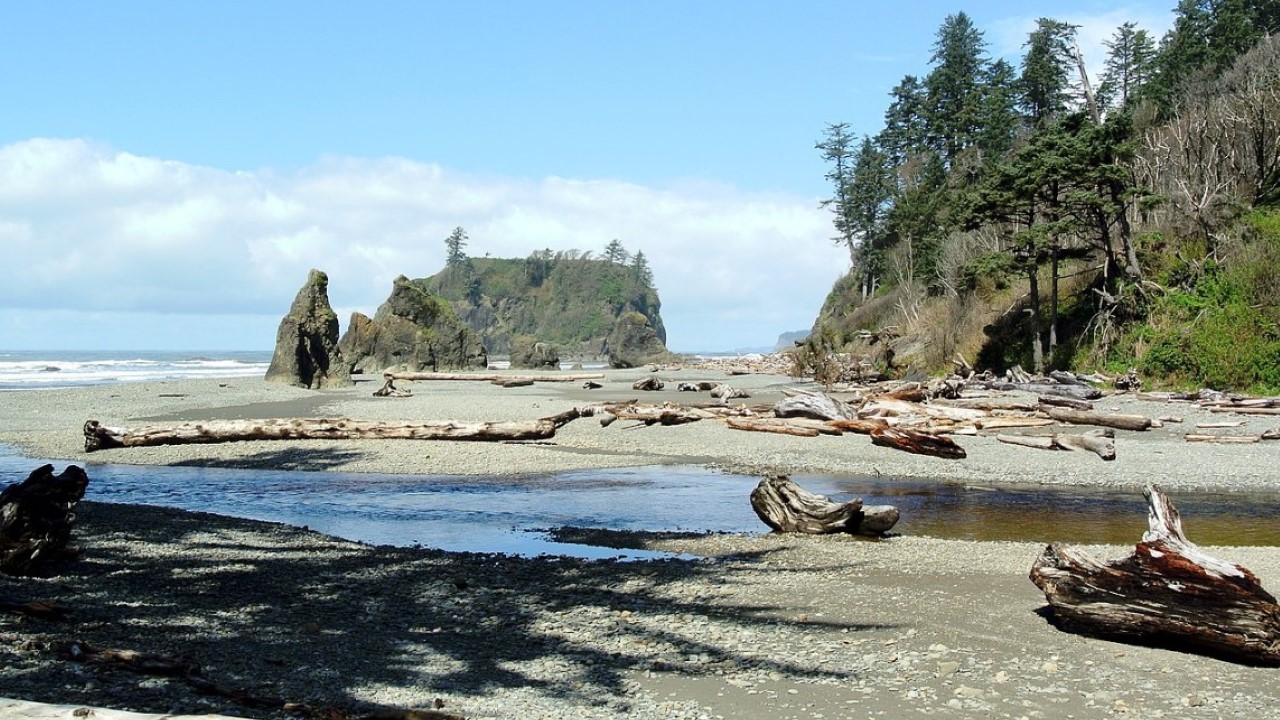
Olympic National Park in the State of Washington was named a national park in 1938 prior to becoming a UNESCO site. It has nearly 1 million acres filled with coastal beaches, alpine meadows, glacier-clad peaks, temperate rainforests, and rivers. Over 2 million people visit annually.
2. Mammoth Cave National Park — Kentucky
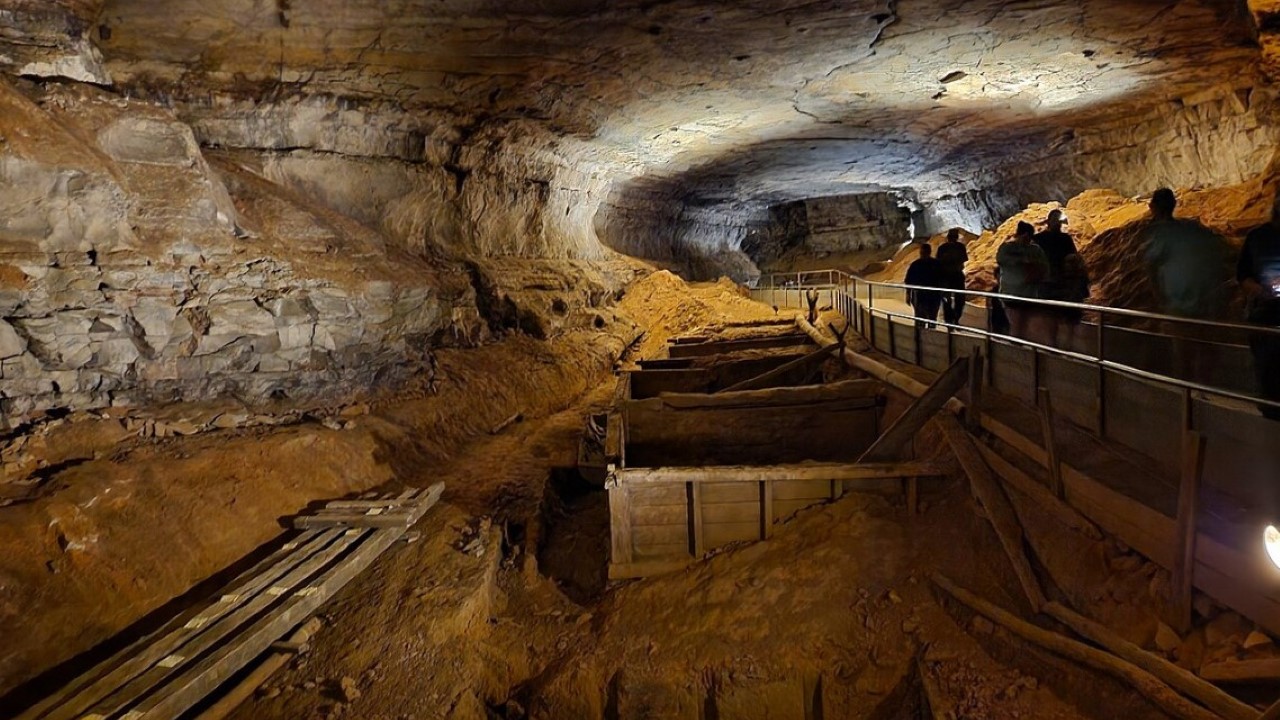
This national park in Kentucky is part of the longest cave system in the world, with over 400 miles of underground passageways and natural caves. Within the caves and their surroundings are a variety of flora, fauna, and several rare bat and insect species.
3. Everglades National Park — Florida
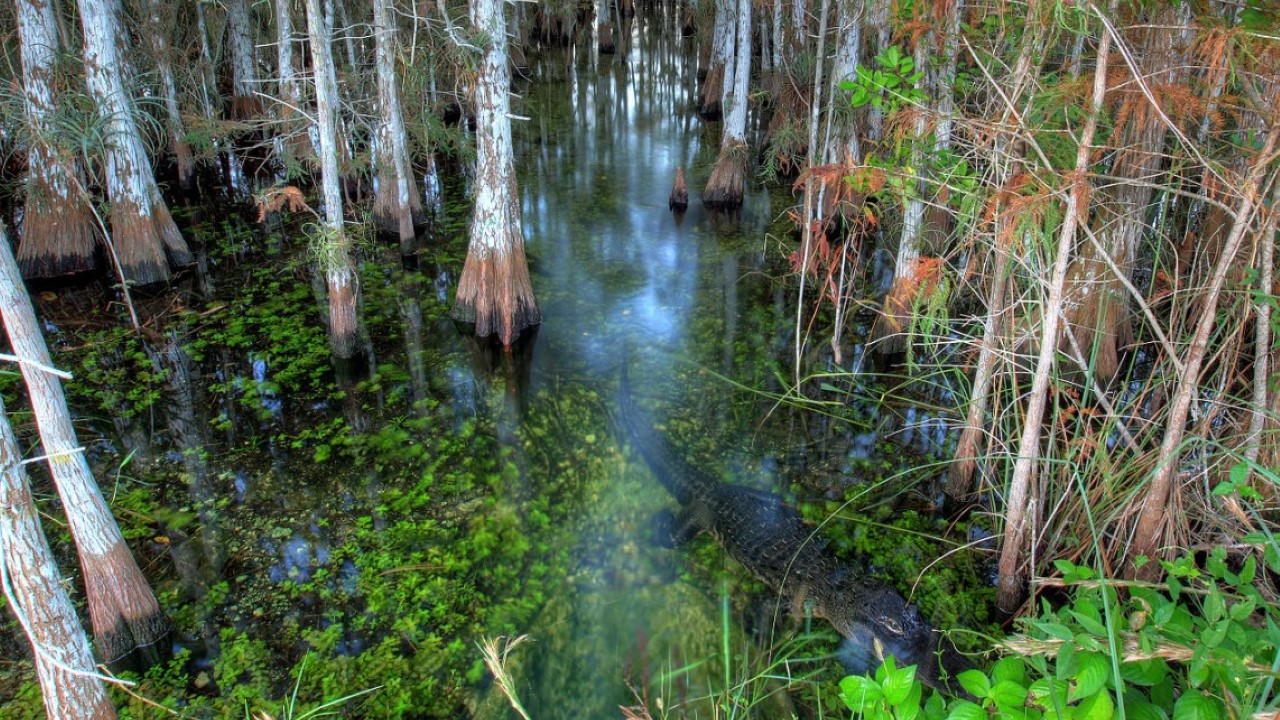
The Everglades have been described as a river of grass that flows from the hinterland to the sea. This national park is situated at the southern tip of Florida, and a myriad of reptiles, birds, and threatened species, including the manatee, call it home.
4. Independence Hall — Pennsylvania
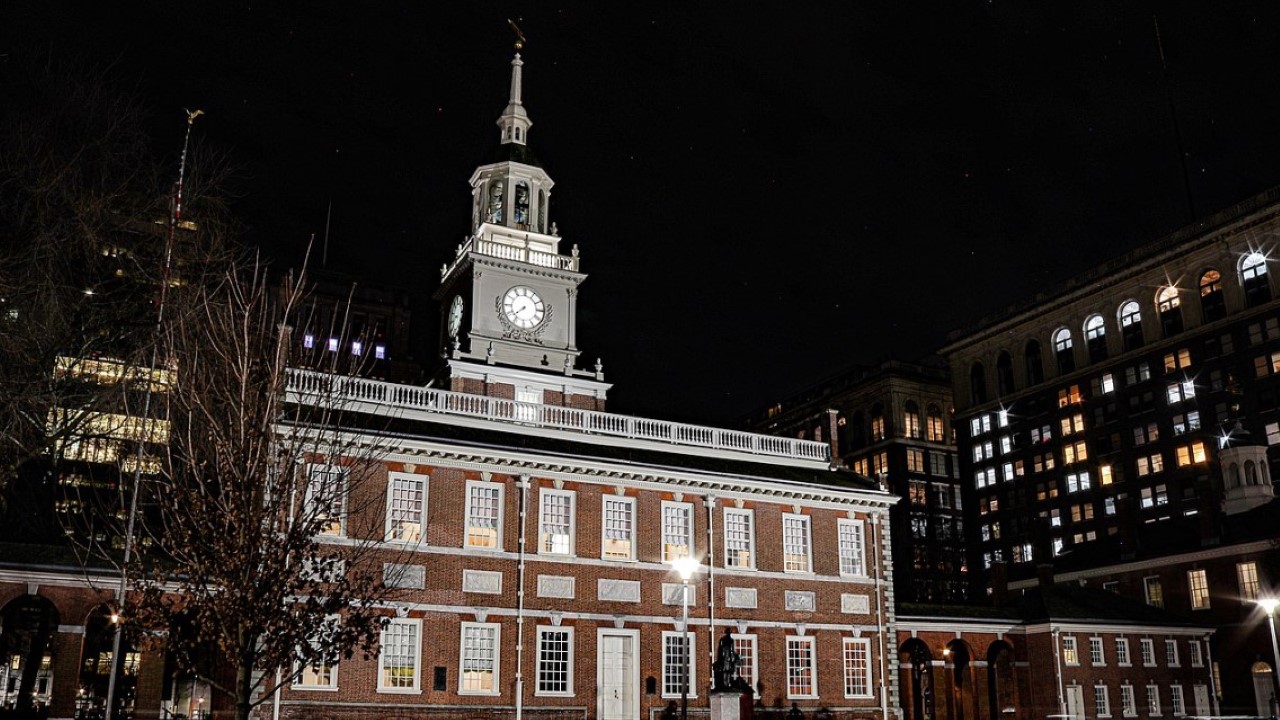
This historic building in Philadelphia is where the Declaration of Independence was signed in 1776, and the Constitution of the United States was signed in 1787. It has served as a state house, the first capital of the United States, and a meeting place for the second Continental Congress. Over half a million people visit it yearly.
5. Great Smoky Mountains National Park — Tennessee, North Carolina
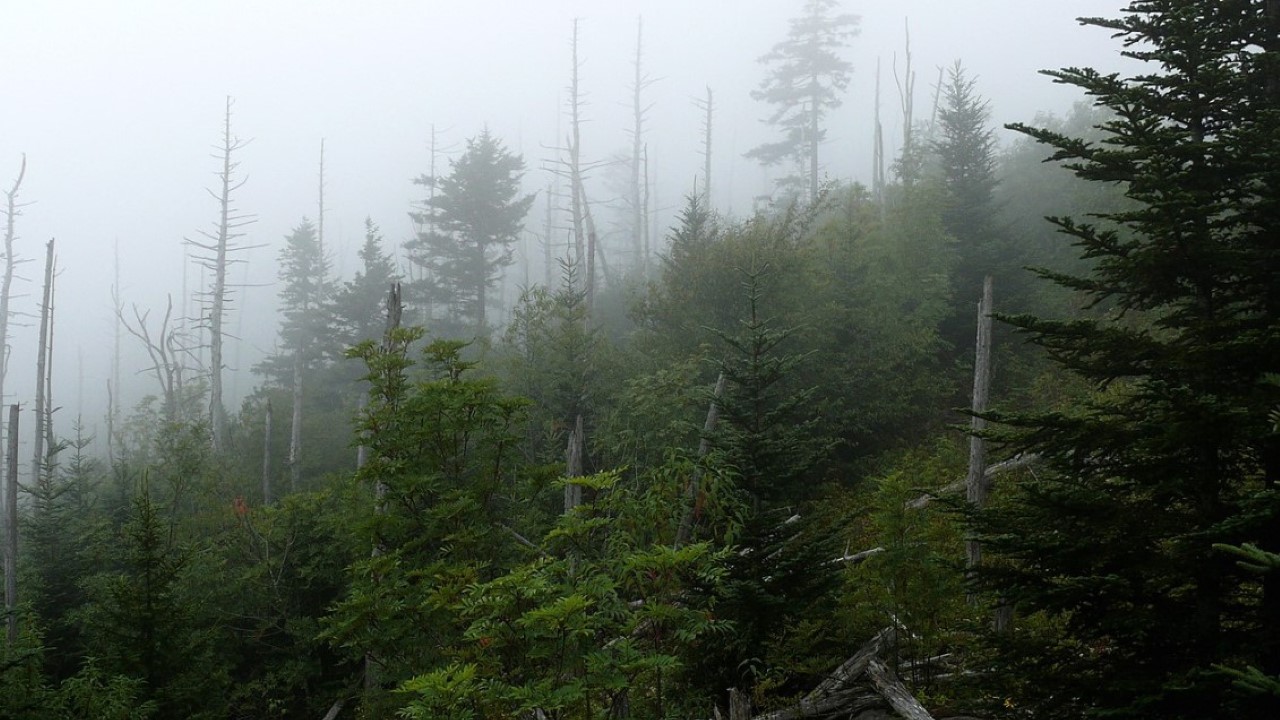
Great Smoky Mountains National Park has almost the same number of trees as the continent of Europe. Over 522,400 acres of untouched natural beauty and 3,500 plant species make up this UNESCO Site.
6. San Antonio Missions — Texas
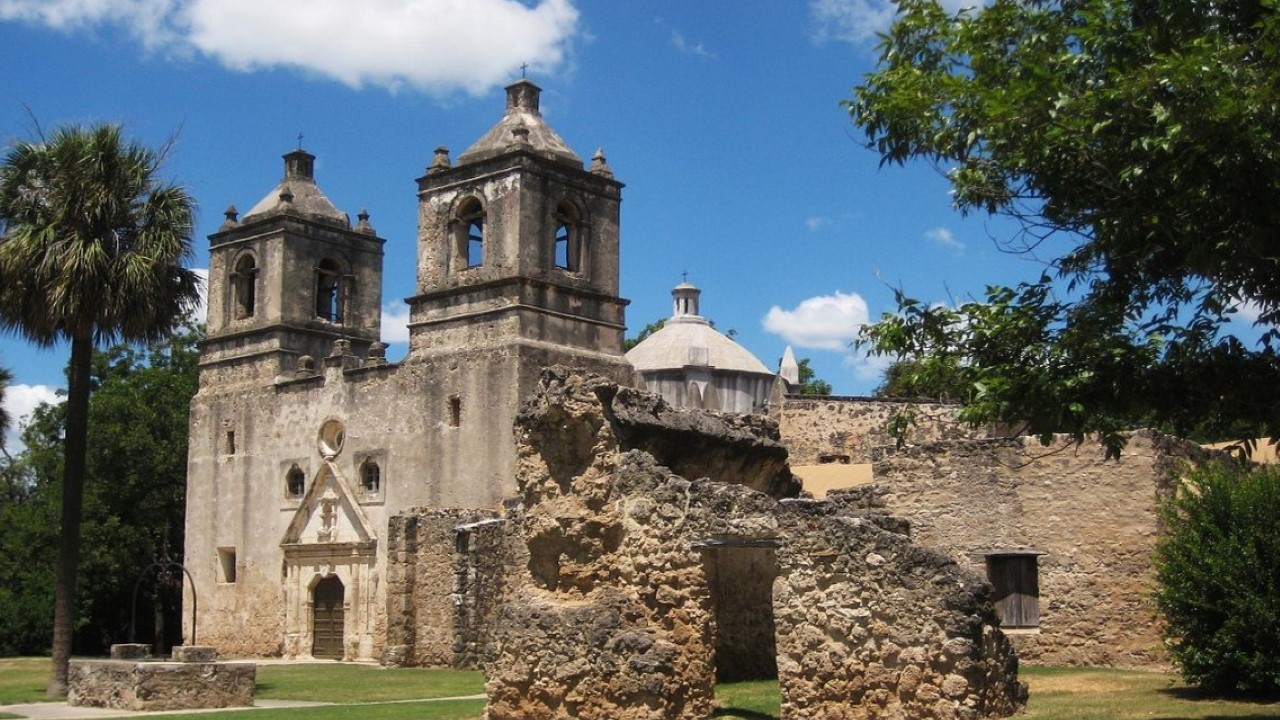
Five frontier mission complexes stretch along southern Texas’ San Antonia River basin and make up the San Antonio Missions. Franciscan missionaries built the complexes in the 18th century and highlighted the Spanish crown’s efforts to evangelize, colonize, and defend New Spain’s northern frontier.
7. Taliesin West — Arizona
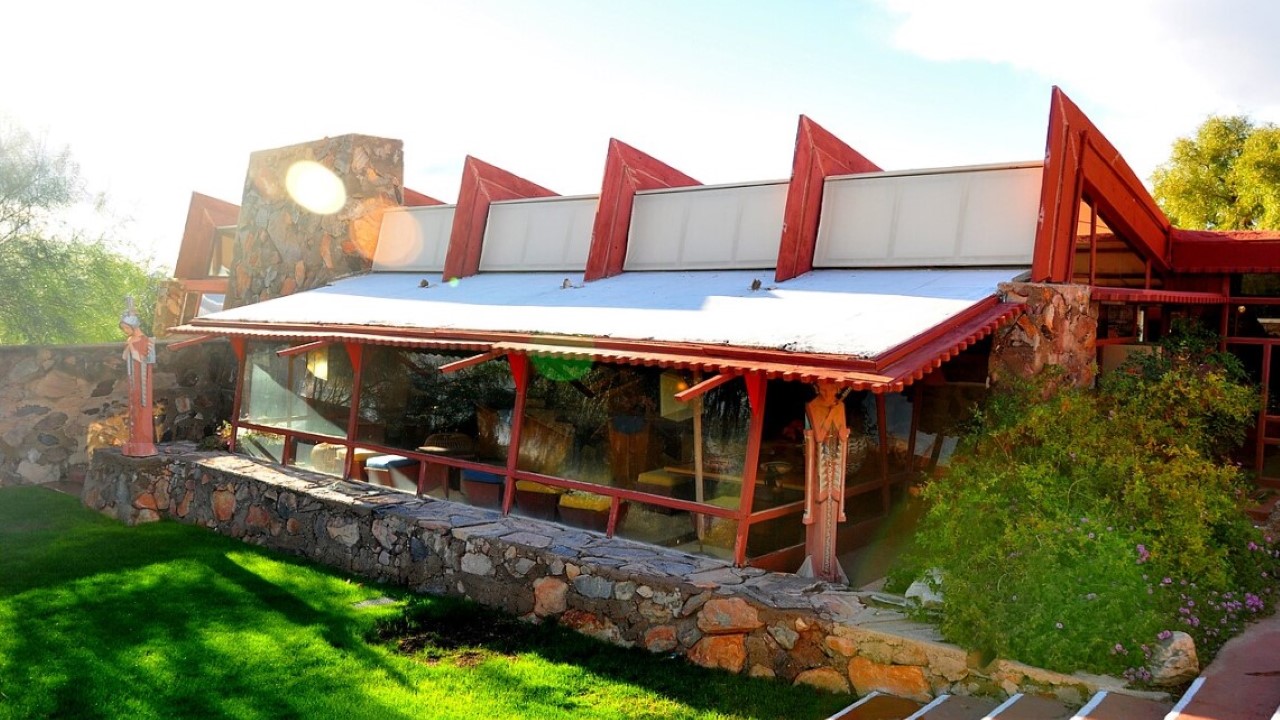
Taliesin West in Scottsdale and eight other Frank Lloyd Wright designs were declared a World Heritage Site in 2019. Wright was born in 1867 and is considered one of the greatest 20th-century architects. Taliesin was his winter home in 1937.
8. La Fortaleza and San Juan National Historic Site — Puerto Rico
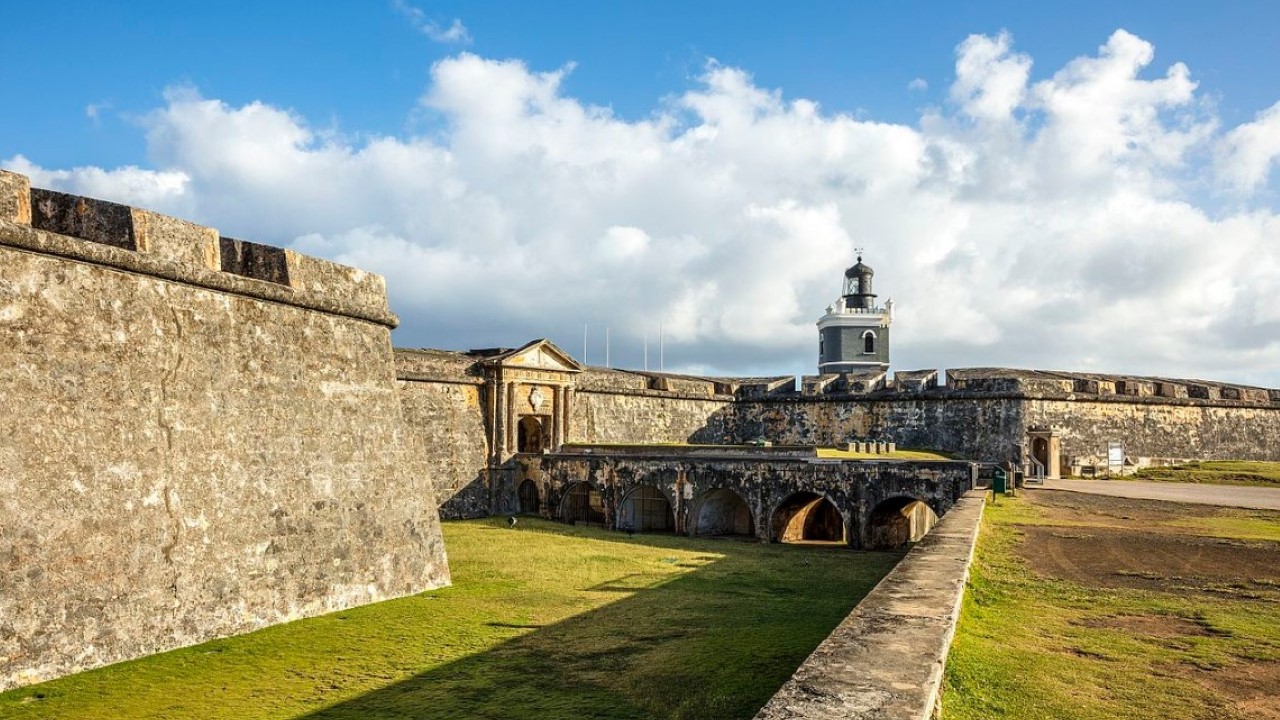
This UNESCO site served as defensive structures for the European military between the 16th and 20th centuries. They were built in the Caribbean Sea to protect the Bay of San Juan.
9. Papahānaumokuākea — Hawai’i
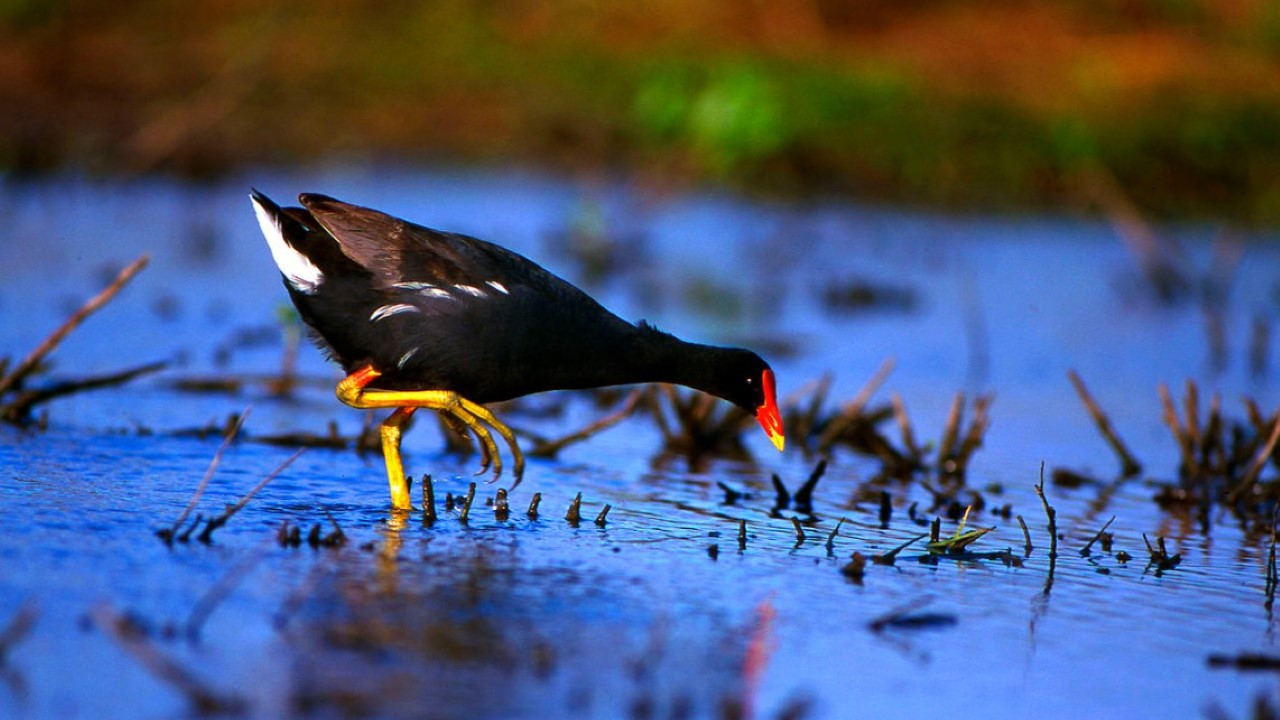
Papahānaumokuākea is one of the world’s most extensive marine protected areas. It is a cluster of atolls and islands 250 km from Hawaai’s central archipelago. It has a deep traditional significance for Hawaiian culture, since it is believed to be where life starts and ends.
10. Monticello and the University of Virginia in Charlottesville
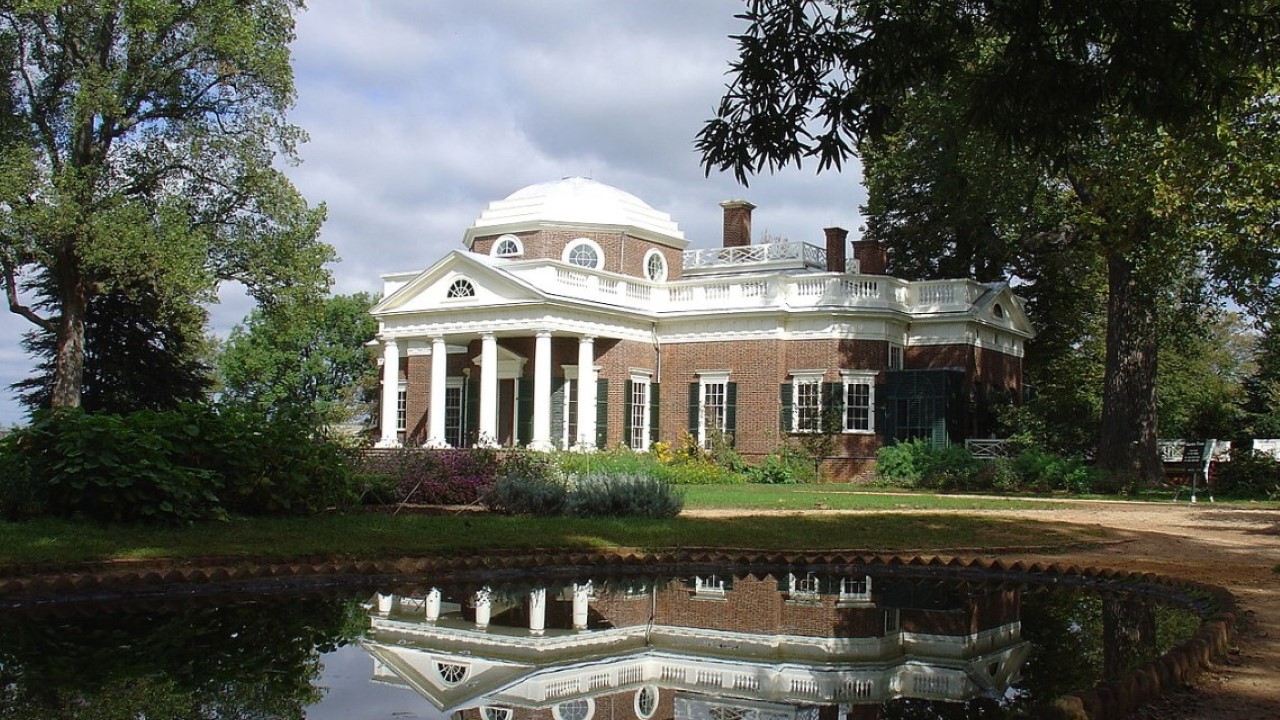
U.S. Declaration of Independence author and the third president, Thomas Jefferson, designed Monticello between 1769 and 1809. It was his plantation home and idealized “academic village,” which is now at the center of the University of Virginia.
11. Hawaiian Volcanoes National Park
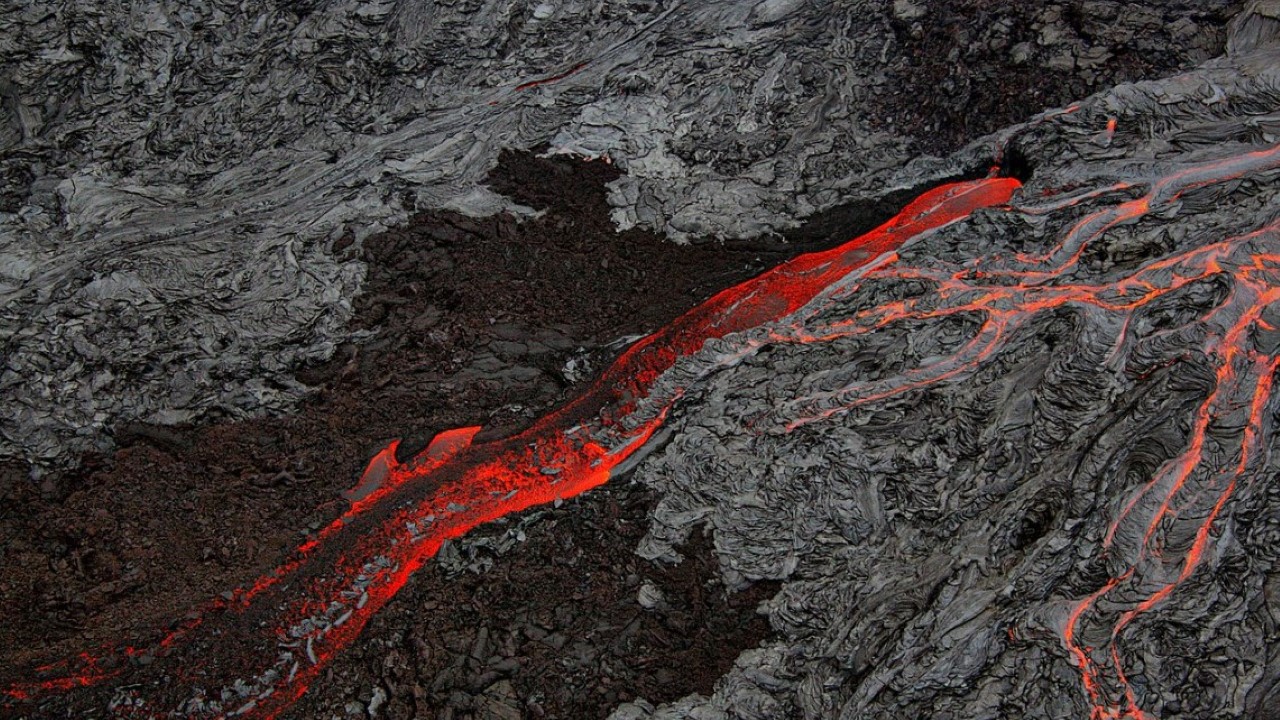
Kilauea and Mauna Loa are two of the world’s most active volcanoes. Due to the lava flows, their eruptions create a continuously changing landscape and unique geological formations. Endemic species and rare birds can be found in this national park.
12. Mesa Verde National Park — Colorado
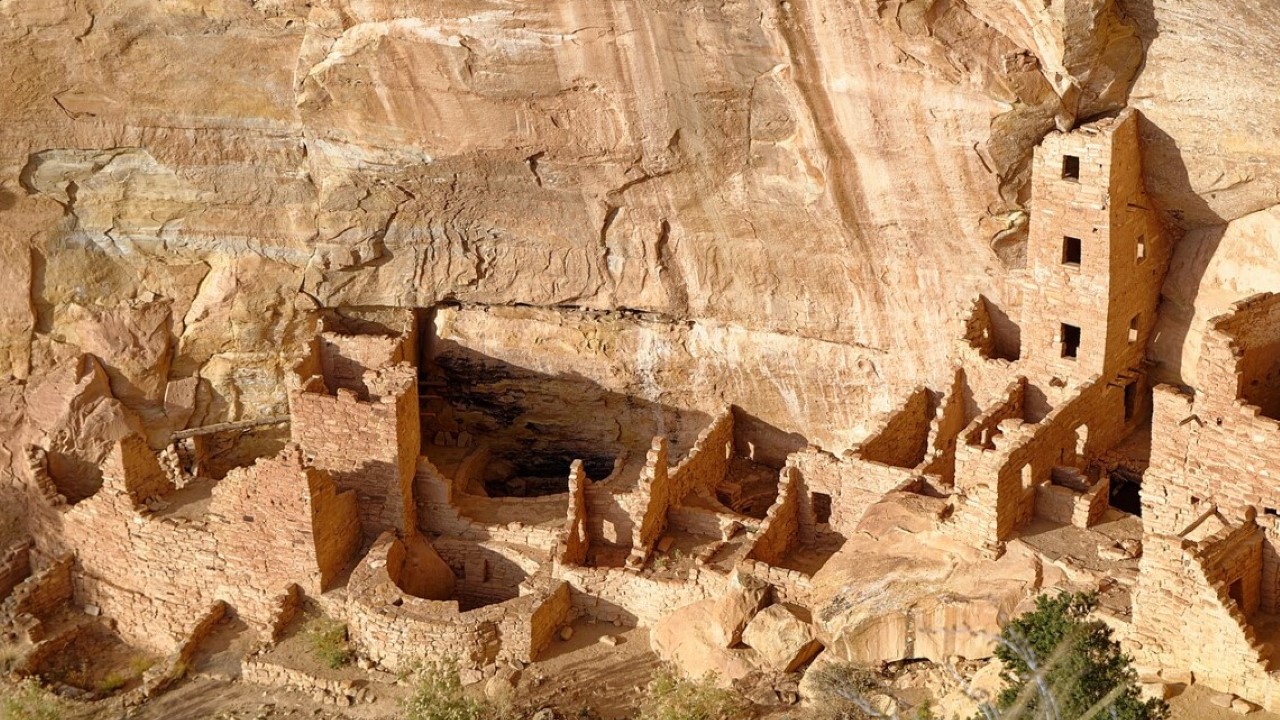
Ancestral Pueblo Indian structures were built on the Mesa Verda plateau between the 6th and 12th centuries. This exceptionally well-preserved site is at an altitude between 7,000 and 8,400 feet above sea level. Archaeologists can study and understand the Ancestral Puebloan people through this prehistoric settlement.
13. Carlsbad Caverns National Park — New Mexico
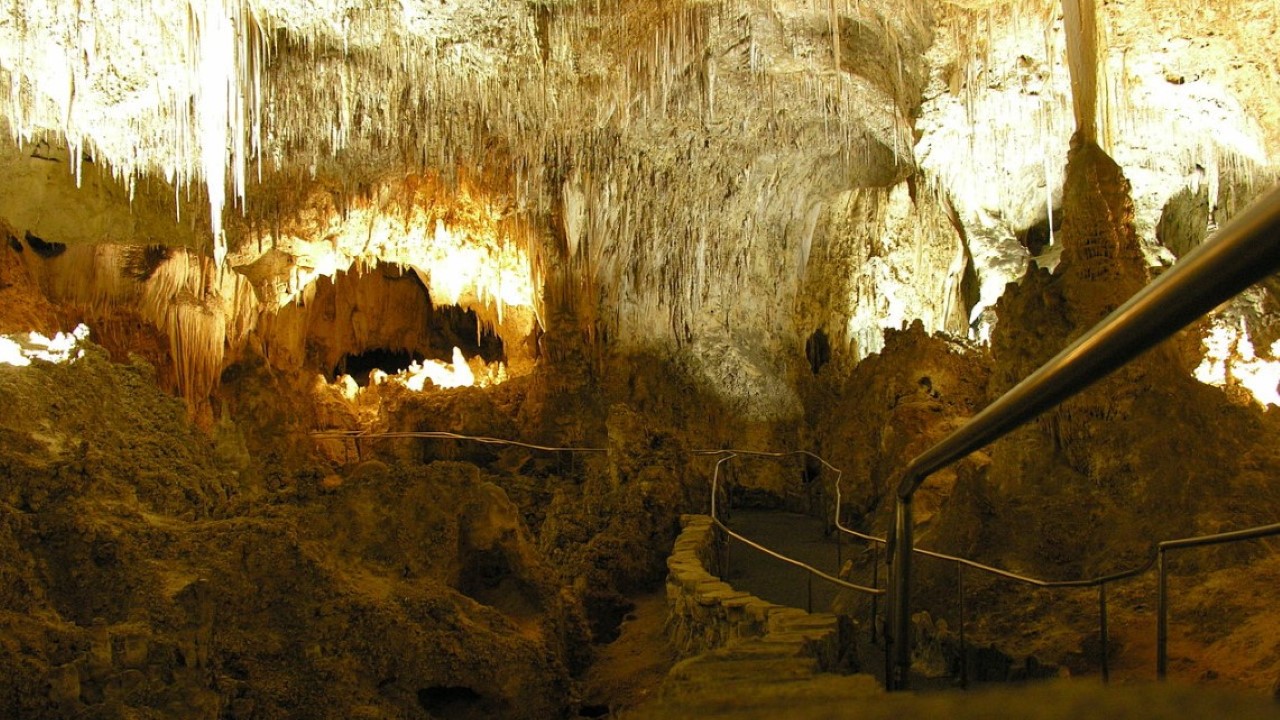
The Carlsbad Caverns boast over 120 limestone caves and are known for their unique rock formations and size. One cave, Lechuguilla Cave, acts as an underground laboratory where scientists can observe the biological and geological processes.
14. Waterton Glacier International Peace Park — Montana, Alberta
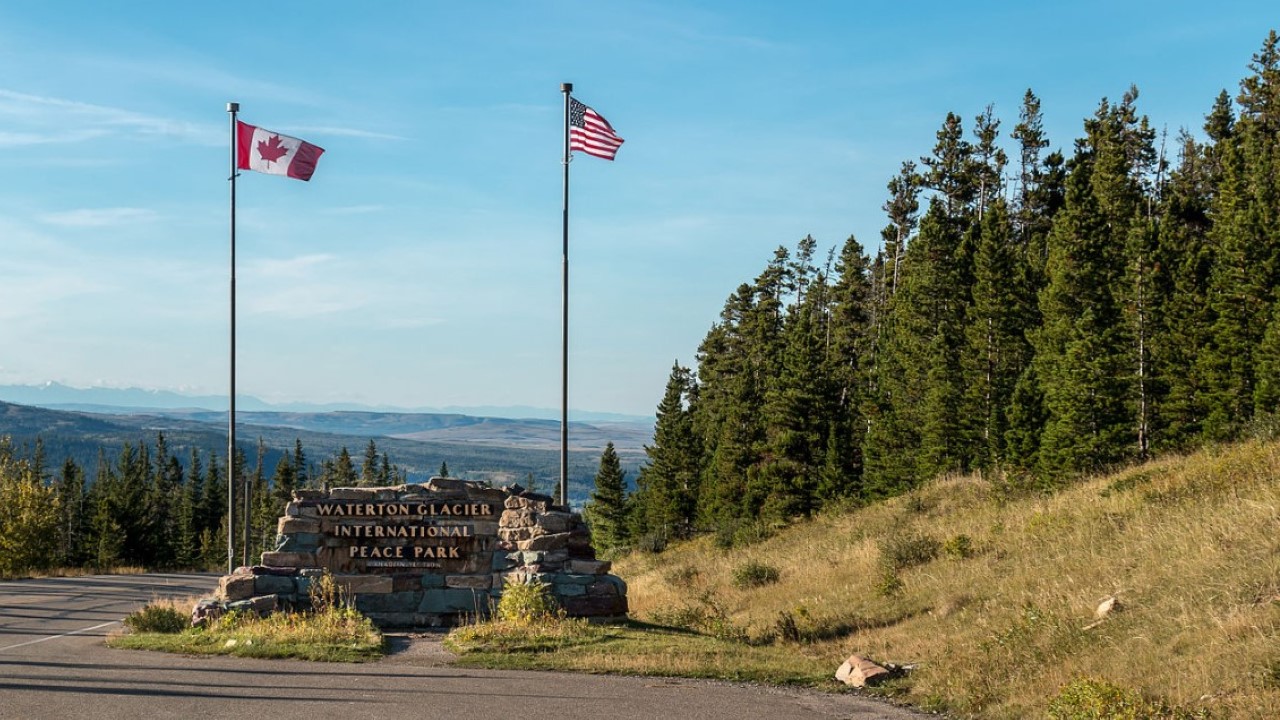
As the world’s first international peace park, it is only fitting that the Waterton Glacier International Peace Park is a UNESCO Site. In 1932, the U.S. Glacier National Park and Canada’s Waterton Lakes National Park became one park. It offers incredible scenery of prairies, forests, glacial and alpine features, and rich mammal species and plant life.
15. Petrified Forest National Park — Colorado
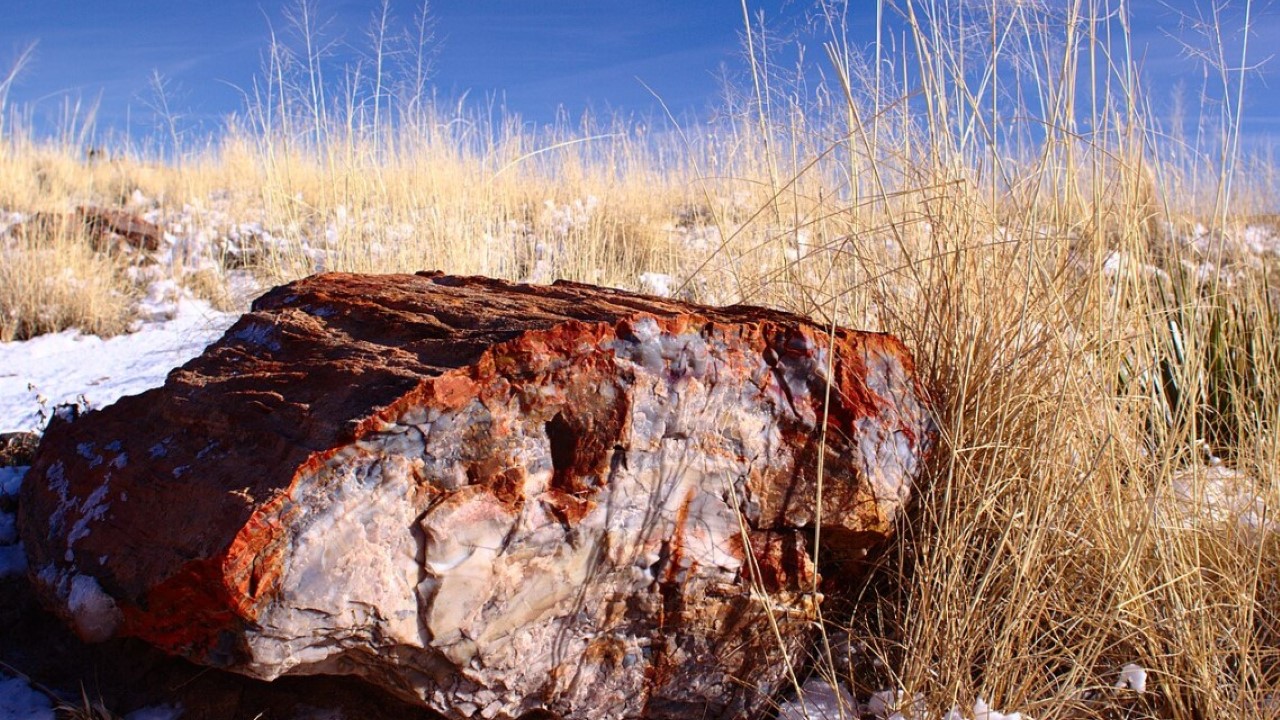
Along the Colorado Plateau’s southern border sits the Petrified Forest National Park. 1906, over 50,000 acres of land were set aside to preserve resources from the Late Triassic era. Colorful, remarkably preserved petrified wood deposits make up the park.
Read More From Us – 17 Movies With Zero Expectations That Blew Us Away

Never judge a book by its cover. You can say the same about movies.
Some of our favorite films are the ones we went into with no expectations. Despite this, they blew us away from start to finish.
17 Movies With Zero Expectations That Blew Us Away
Read More From Us – Classic 80s Movies Better Than Anything Released Today

The 80s was an incredible time for film. From award-winning cinema to hilarious comedies and everything in between, there was something for everyone to enjoy.
Thankfully, many of these 80s movies still hold up today. I regularly find myself watching these beloved 80s movies more often than modern cinema.
